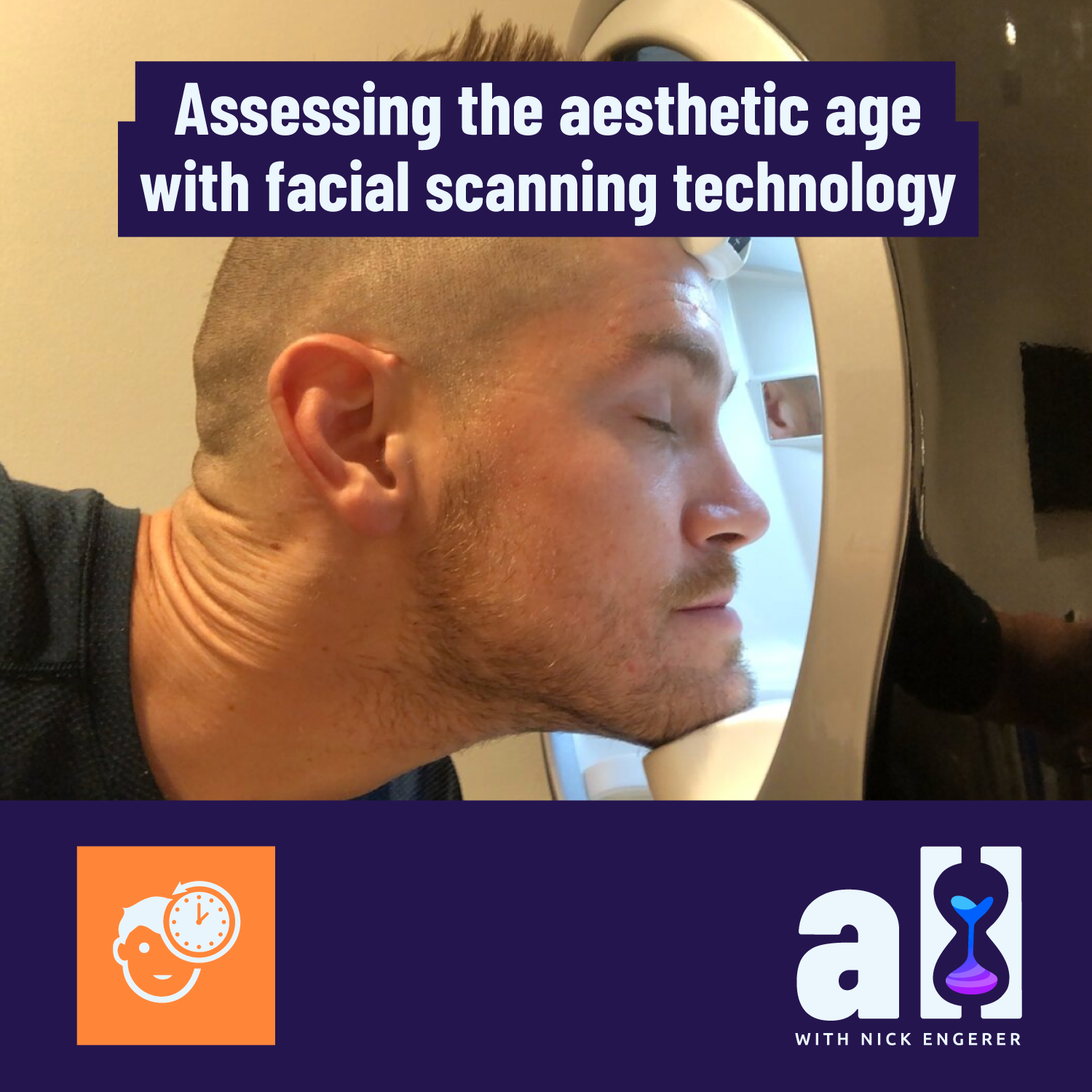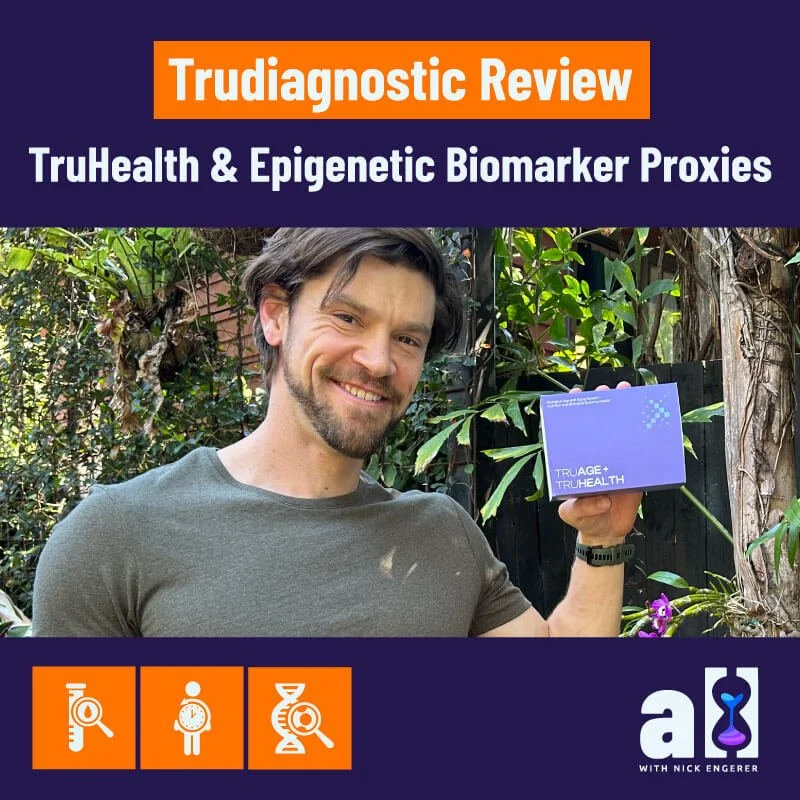
TruDiagnostic Review: Is the TruHealth Kit Worth It?
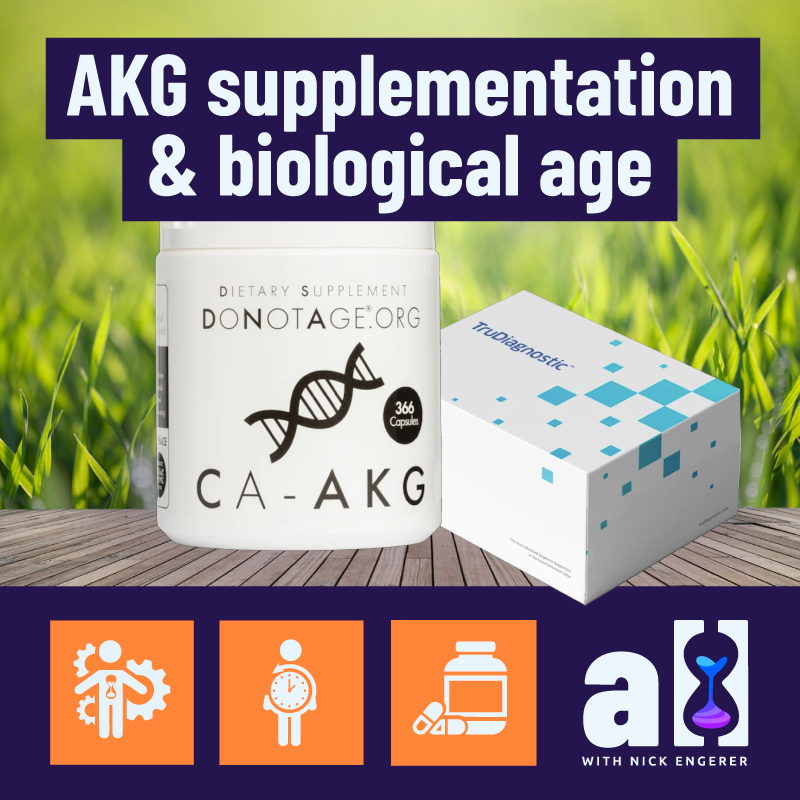
AKG supplementation improved my biological age in these three ways

Can Tru Diagnostic finally answer: Why am I aging so fast? An interview with Ryan Smith
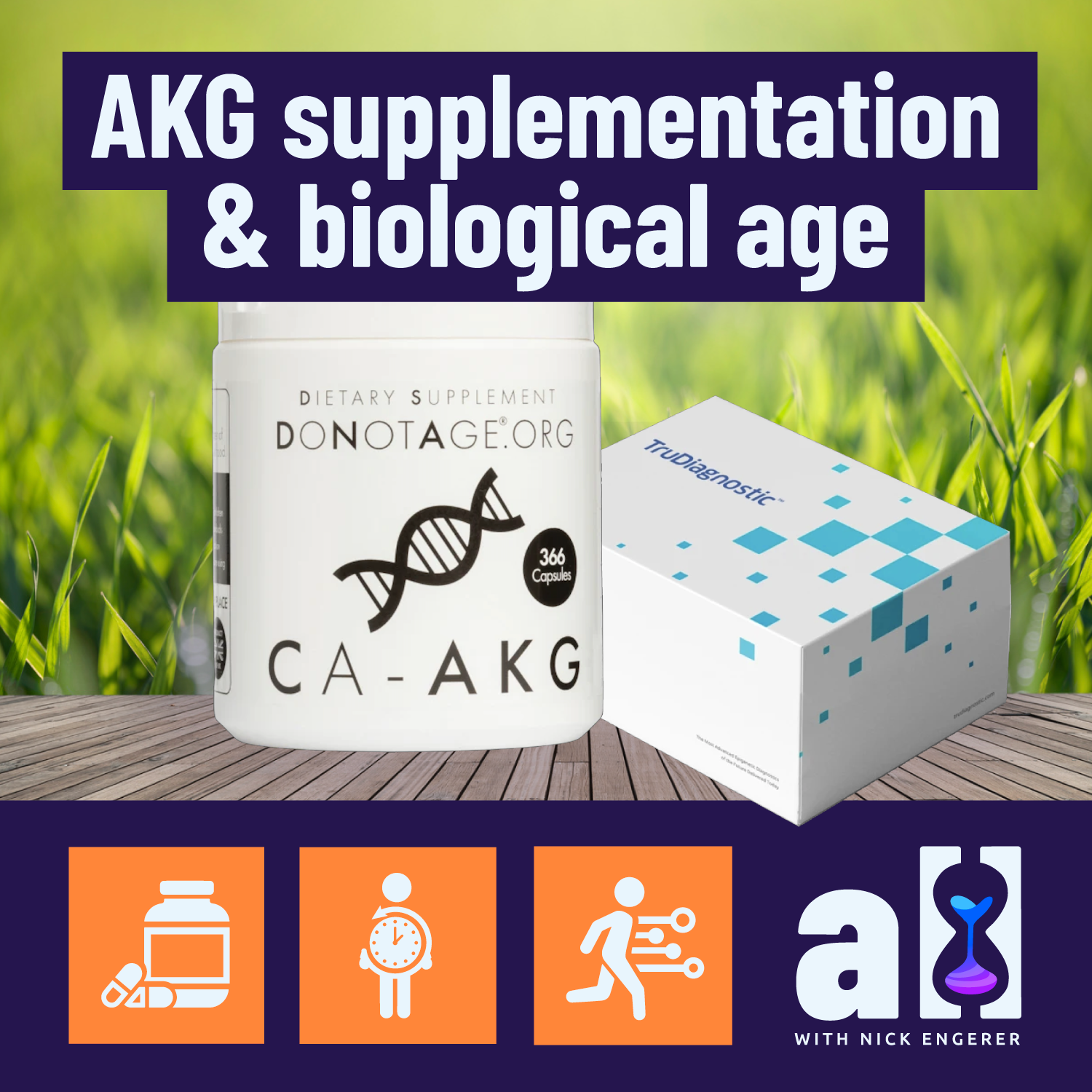
AKG supplement benefits your biological age? An Interview with Dr. Yelena Budovskaya of TruMe Labs
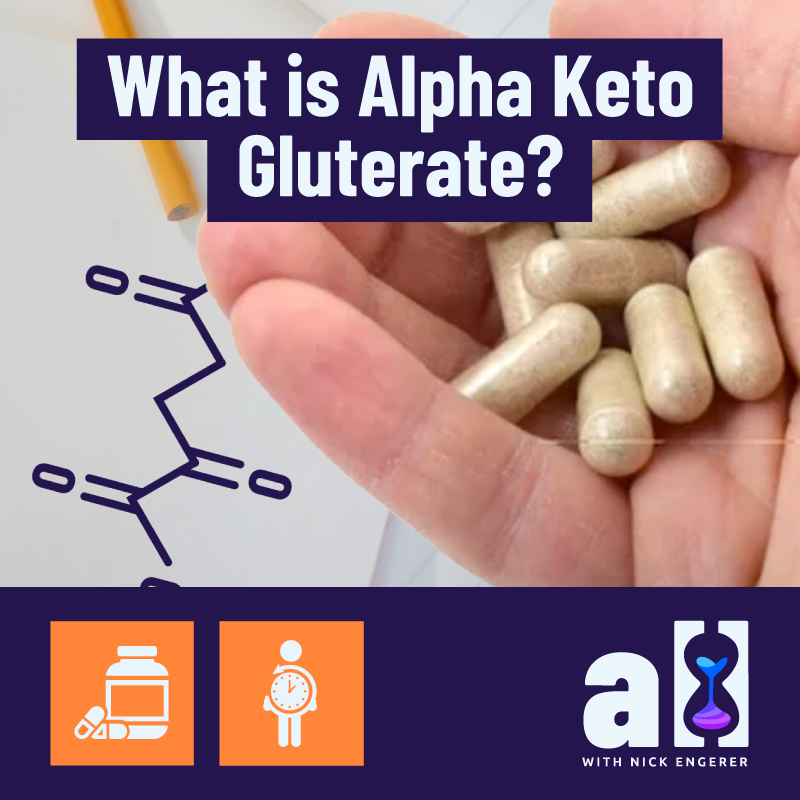
Calcium AKG Alpha Keto Glutarate supplement review
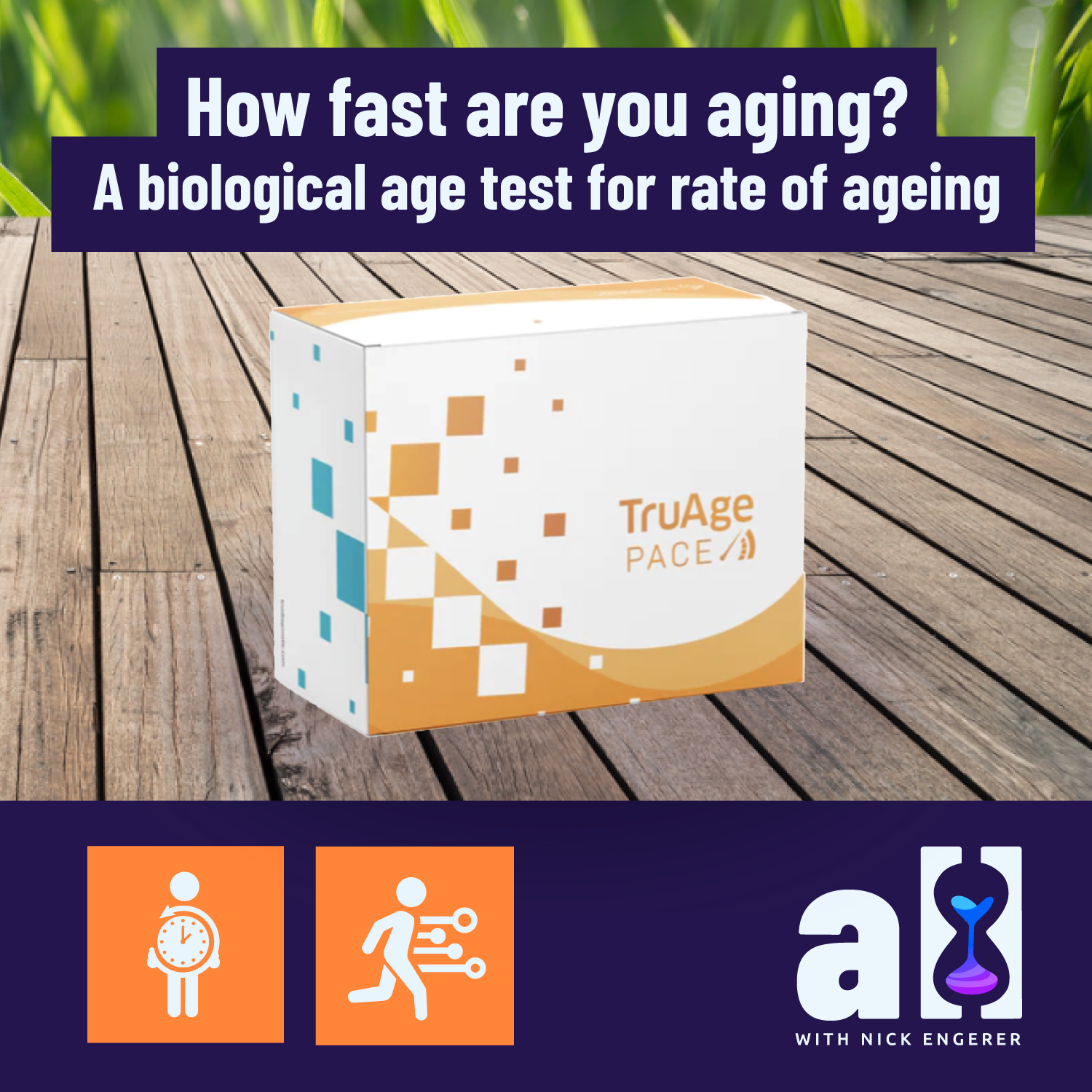
How fast are you aging? A biological age test for rate of ageing with Ryan Smith of Trudiagnostic (Part 2)
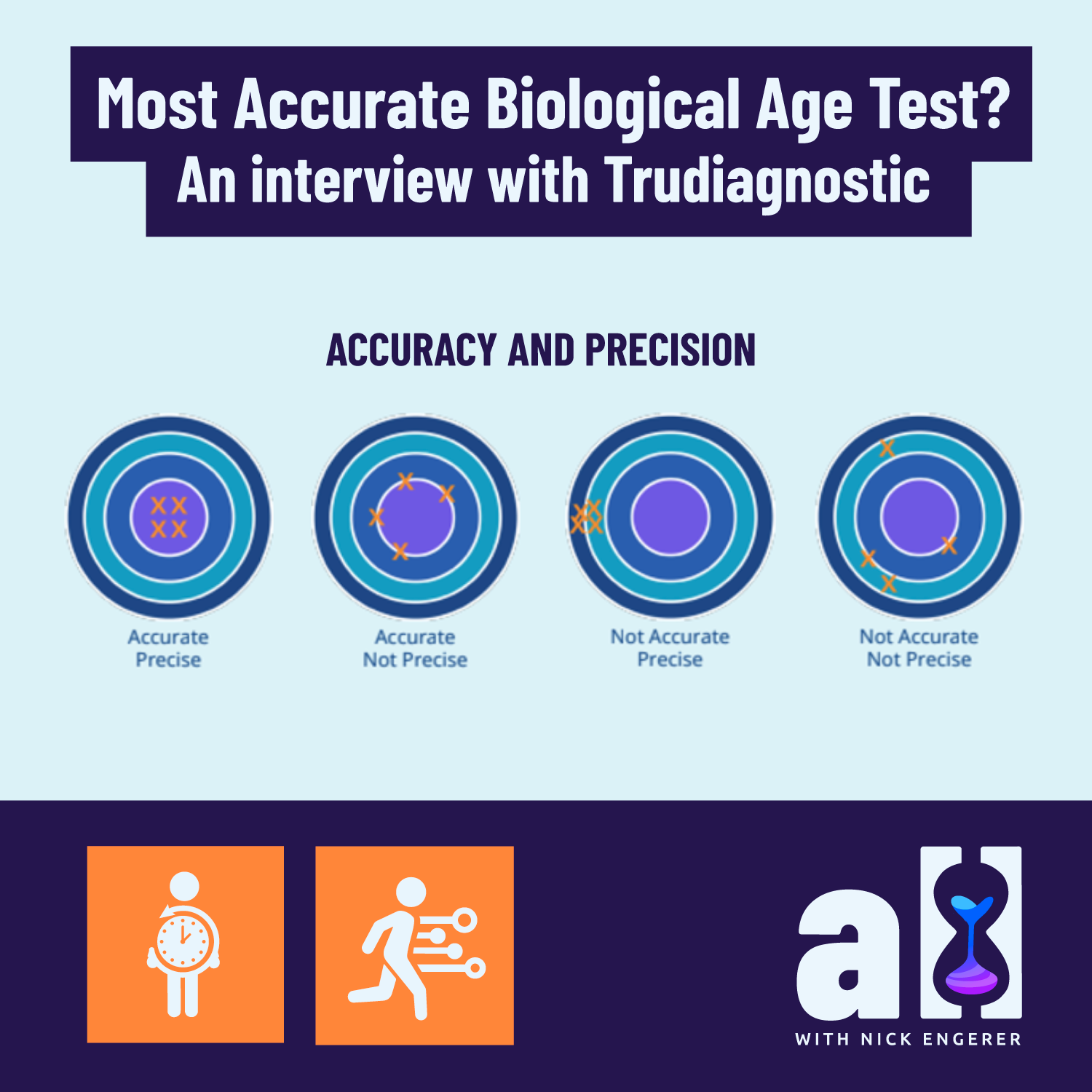
What is the most accurate biological age test? An interview with Ryan Smith of Trudiagnostic (Part 1)
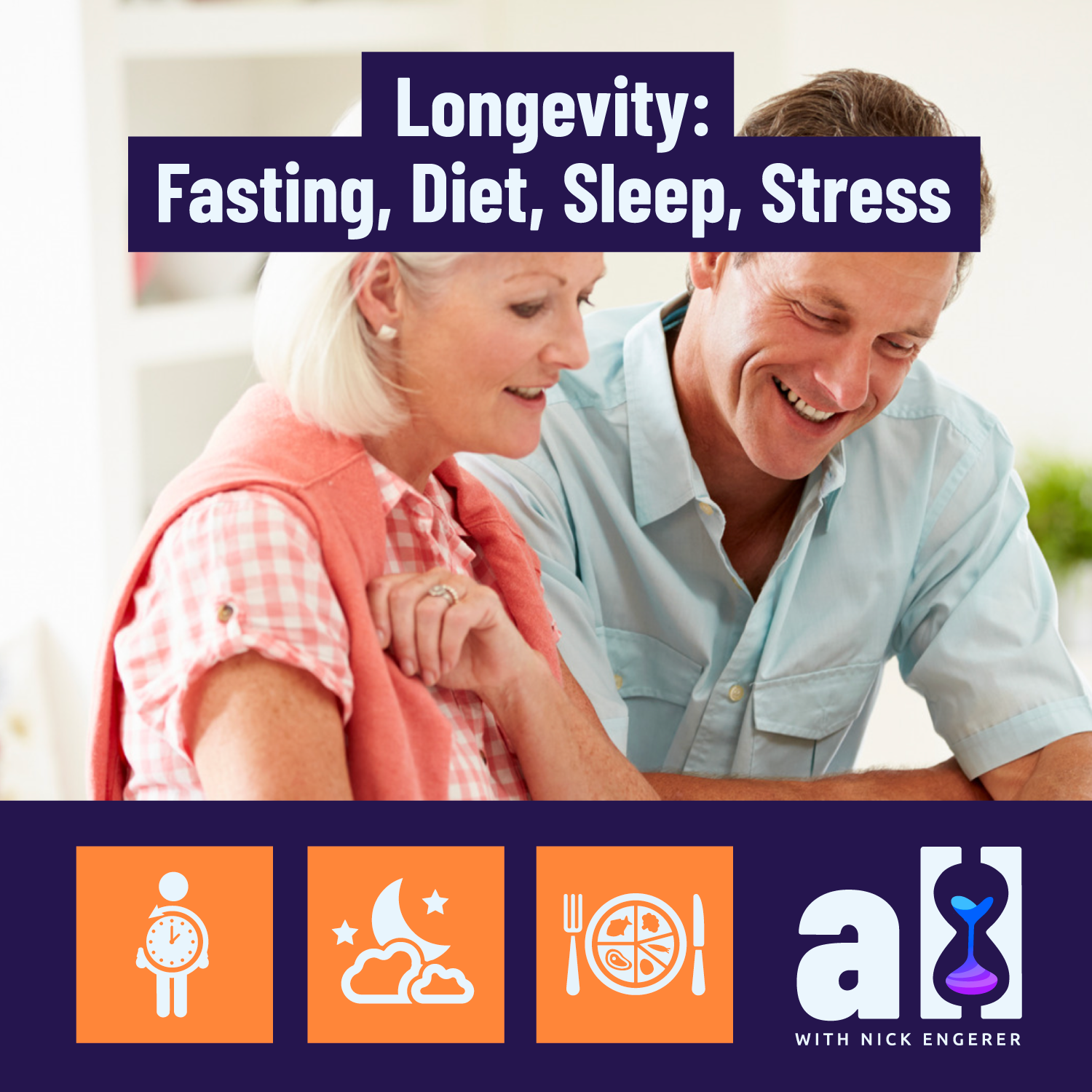
Longevity: Fasting, diet, sleep, stress - How to personalise your approach
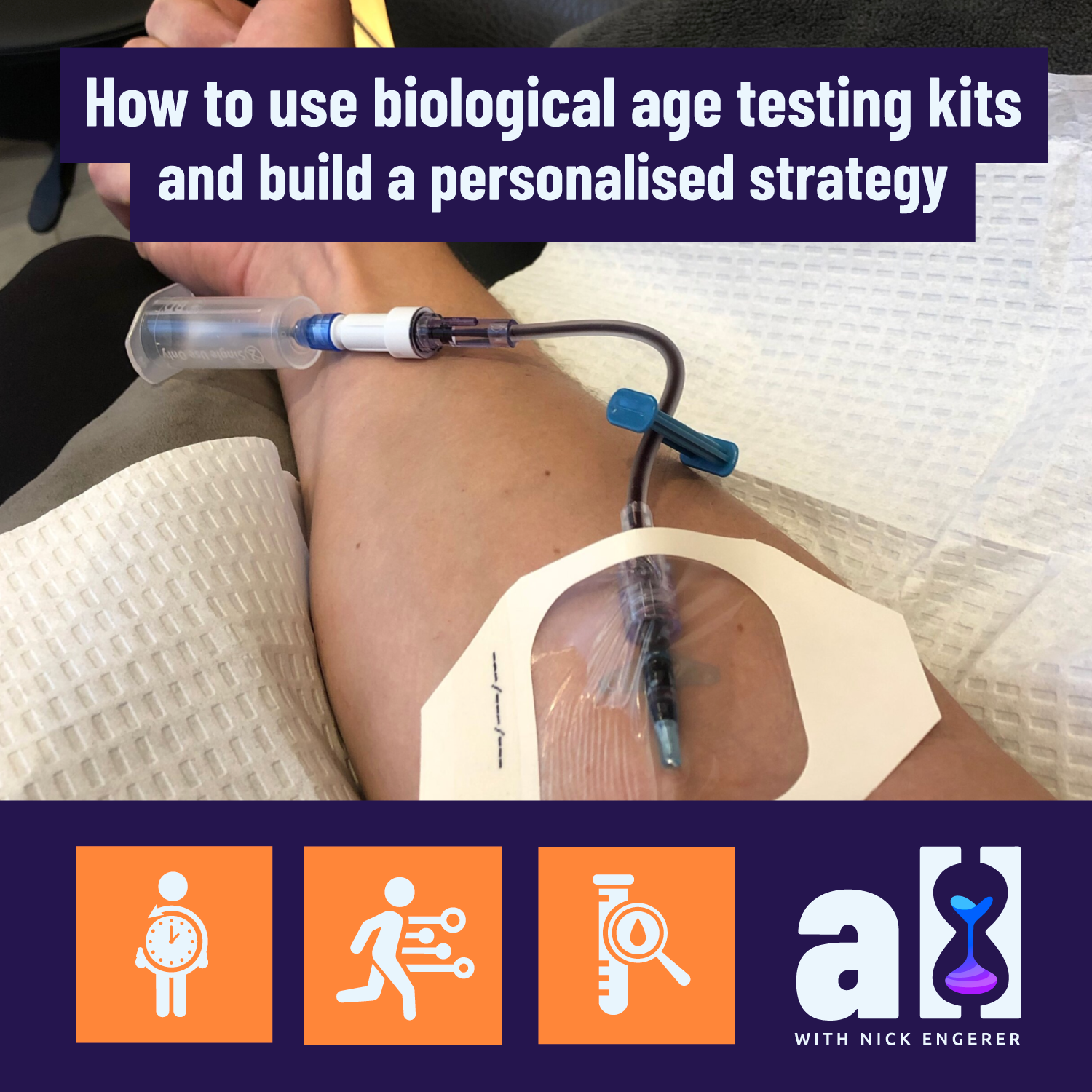
How to use biological age testing kits and build a personalised longevity strategy

Increasing plant diversity improves GlycanAge significantly - A self-experiment
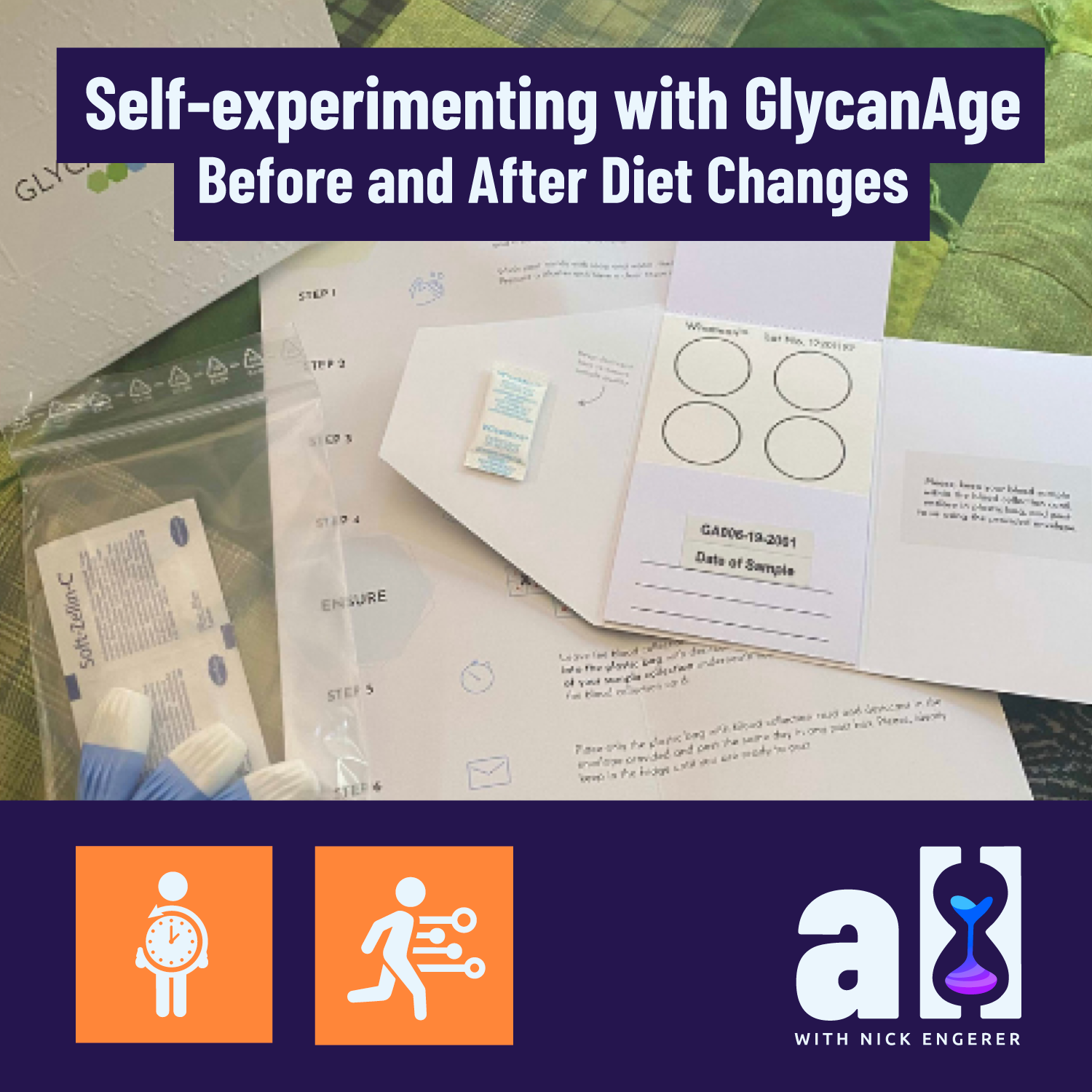
Self-experimenting with GlycanAge - Before and after diet changes
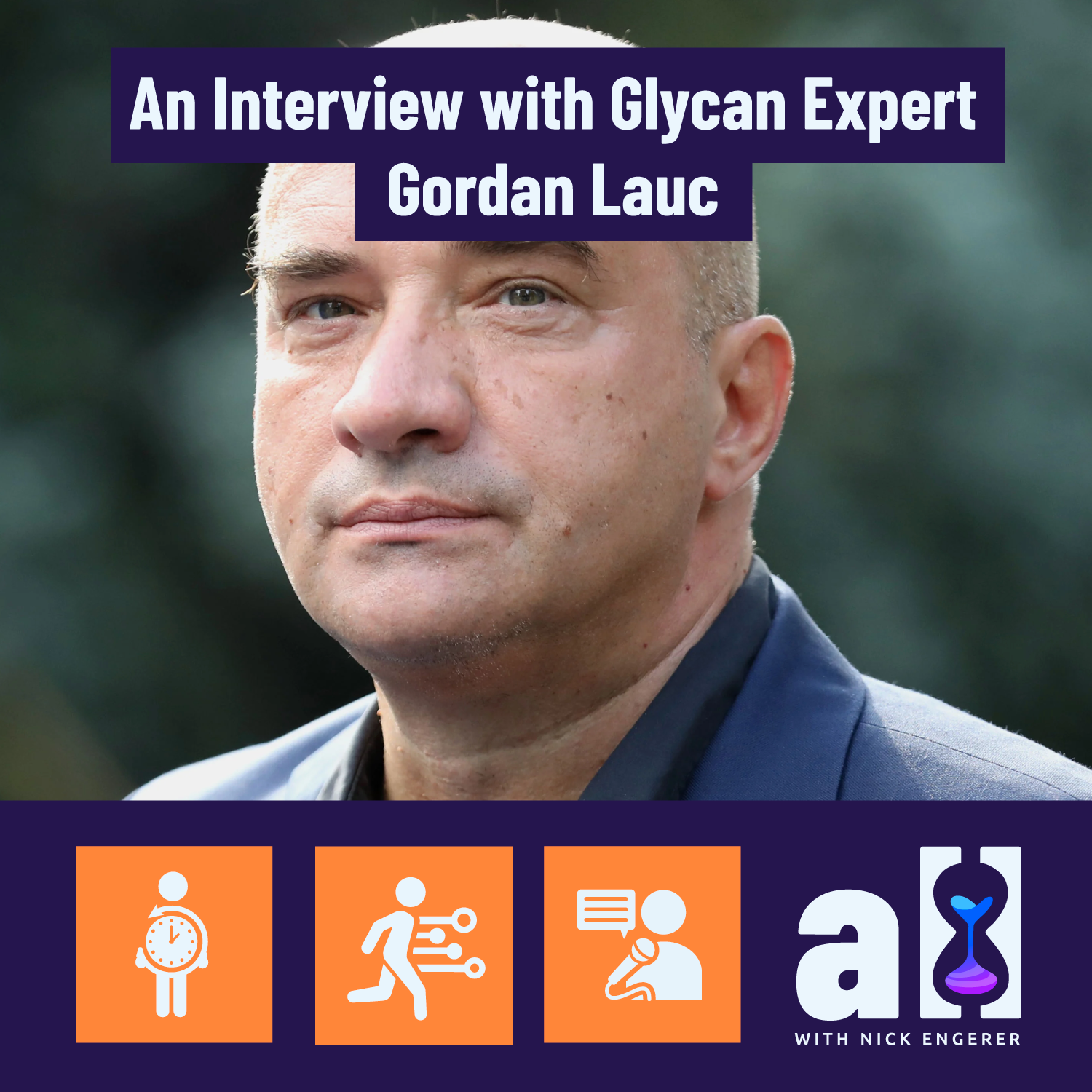
How GlycanAge biological age testing works - An interview with Glycan expert Gordan Lauc
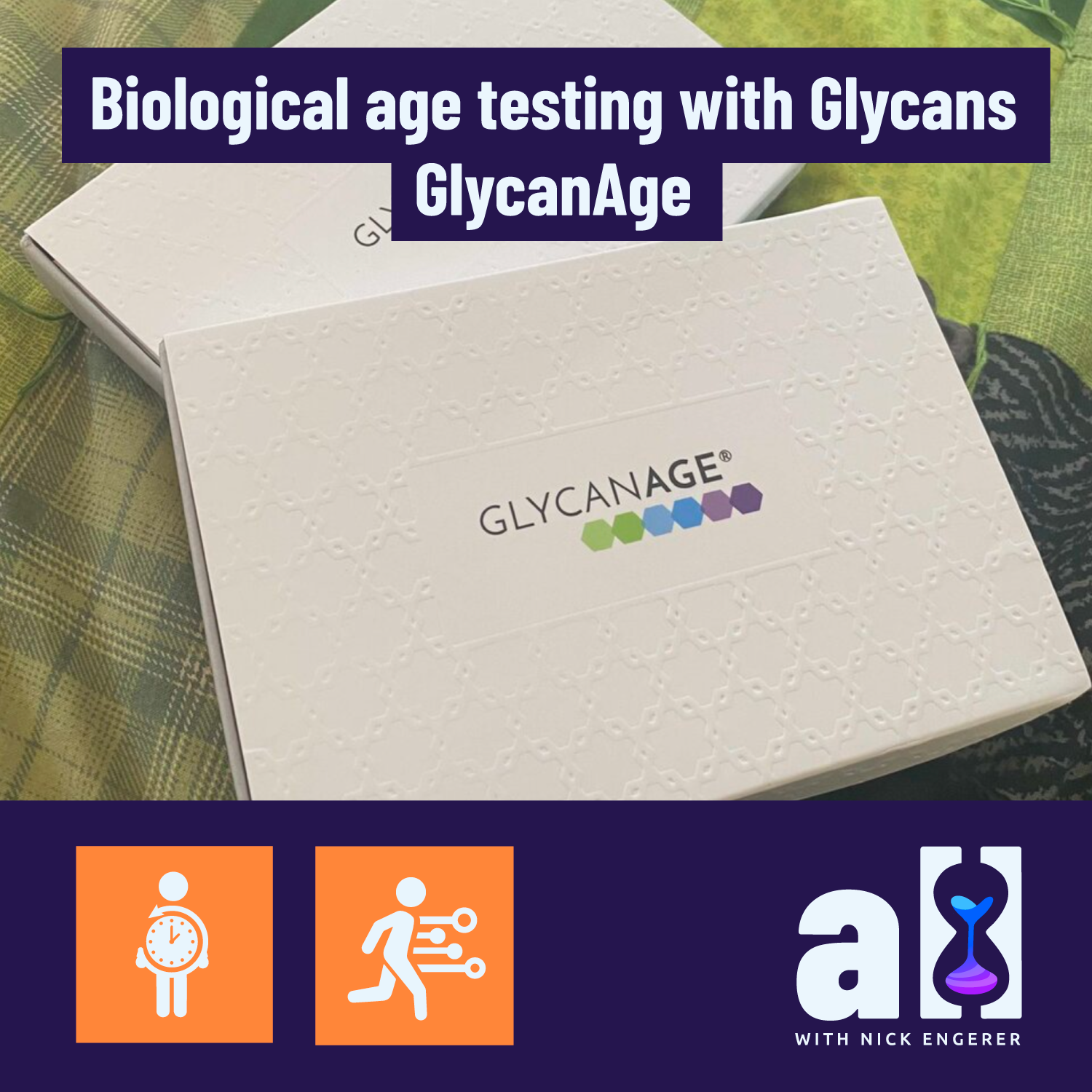
Biological age testing with Glycans - GlycanAge
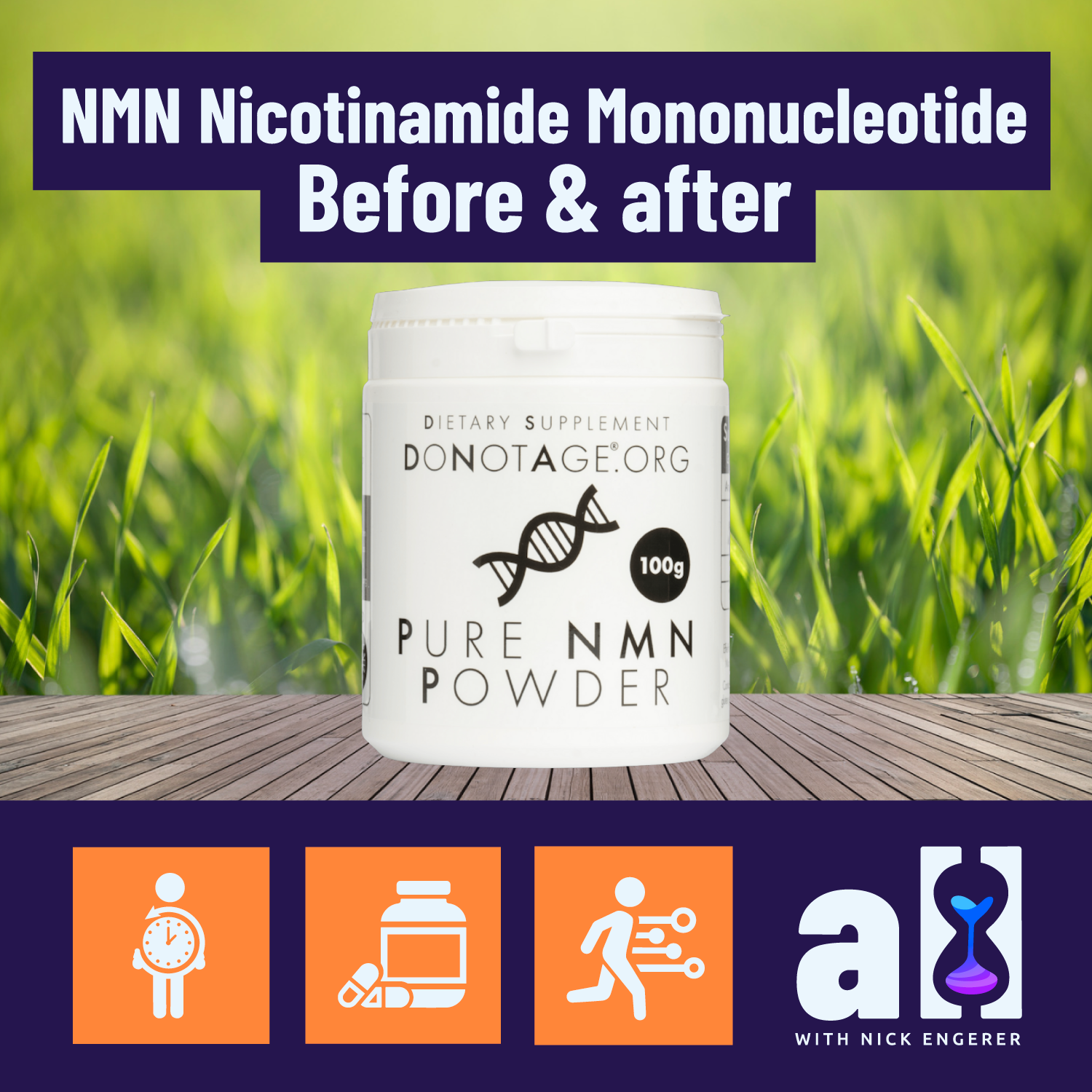
NMN Nicotinamide Mononucleotide before and after

Biological age estimates through epigenetics: An interview with Chronomics CSO
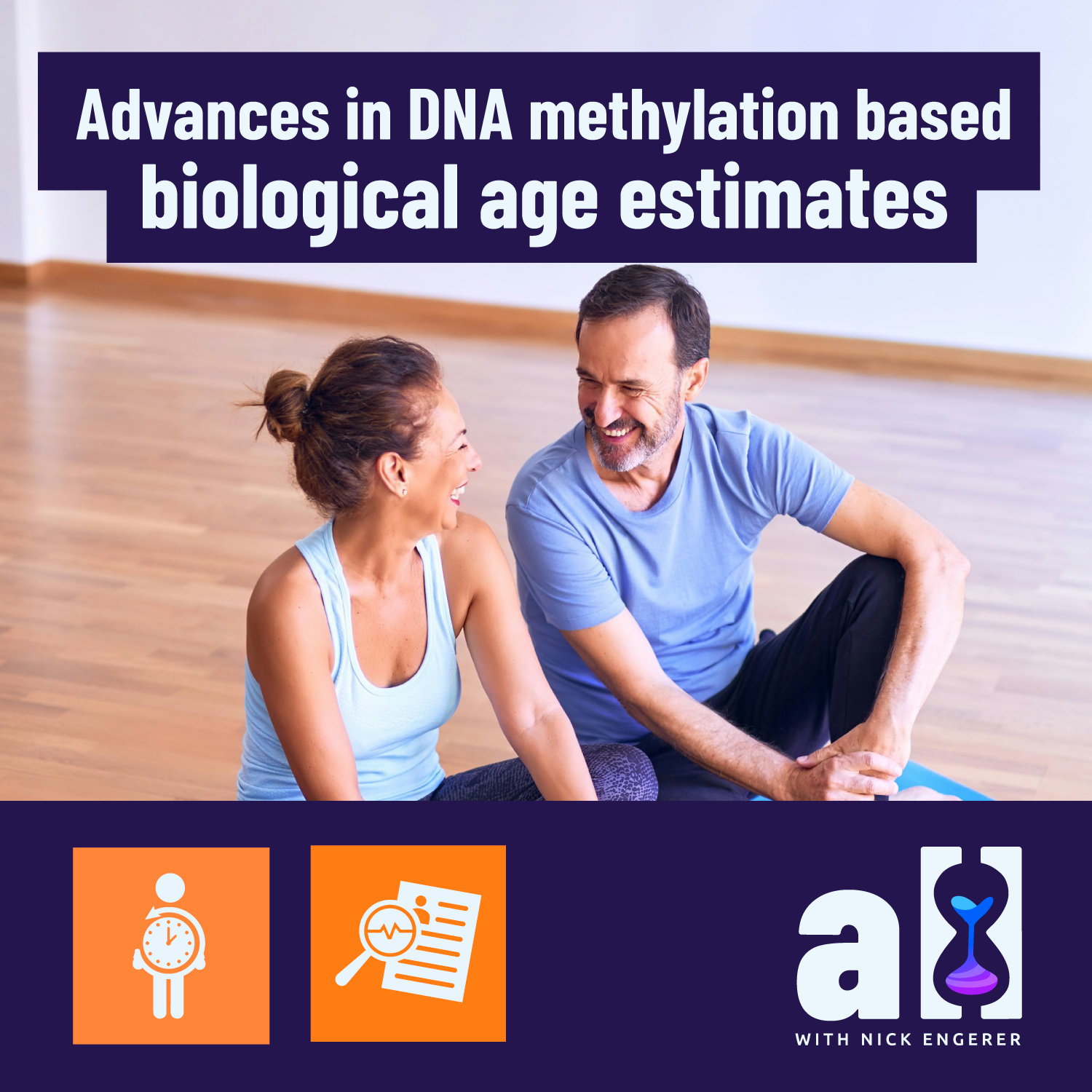
Advances in DNA methylation based biological age estimates
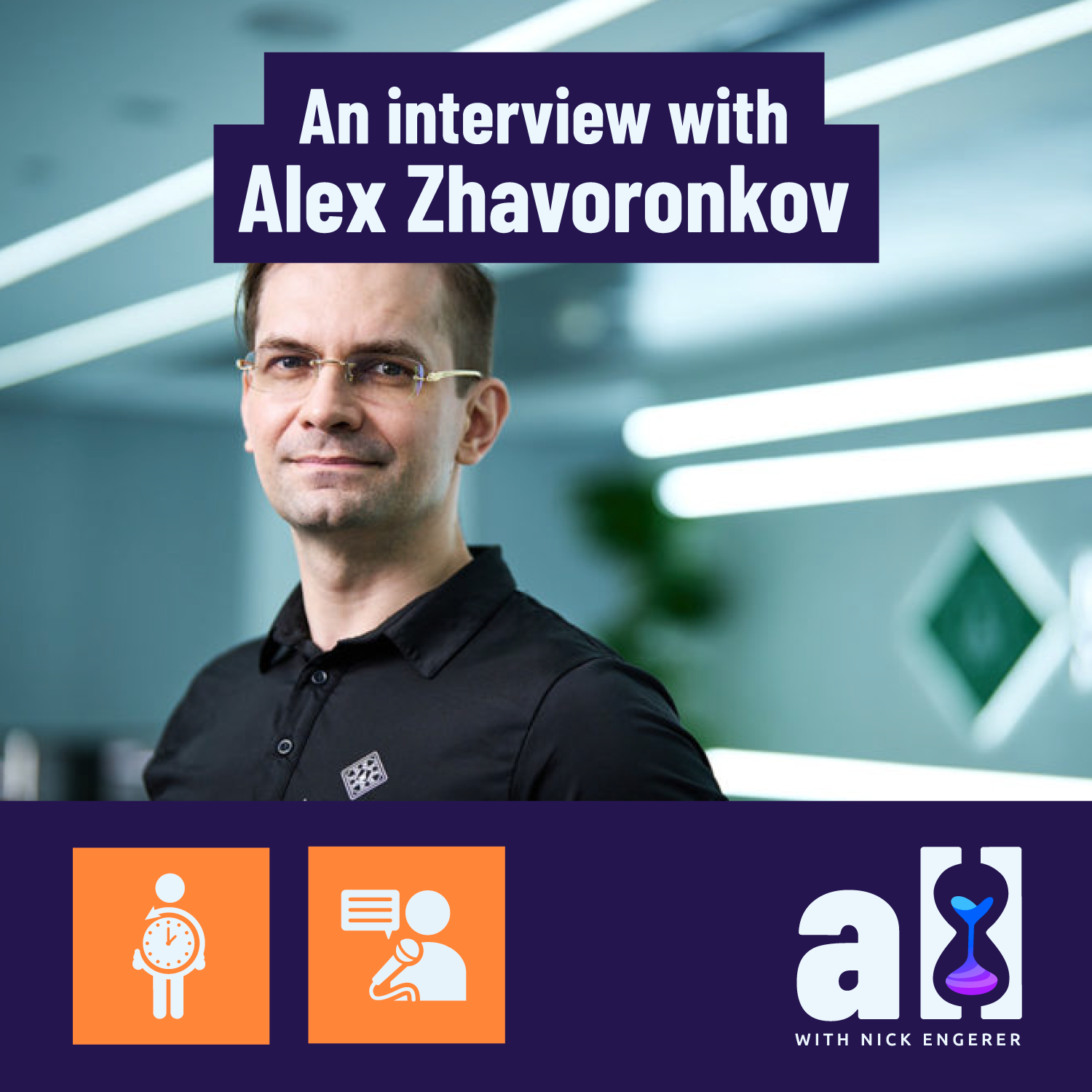
Deep longevity, biological age and the future of Longevity as a service - an interview with Alex Zhavoronkov
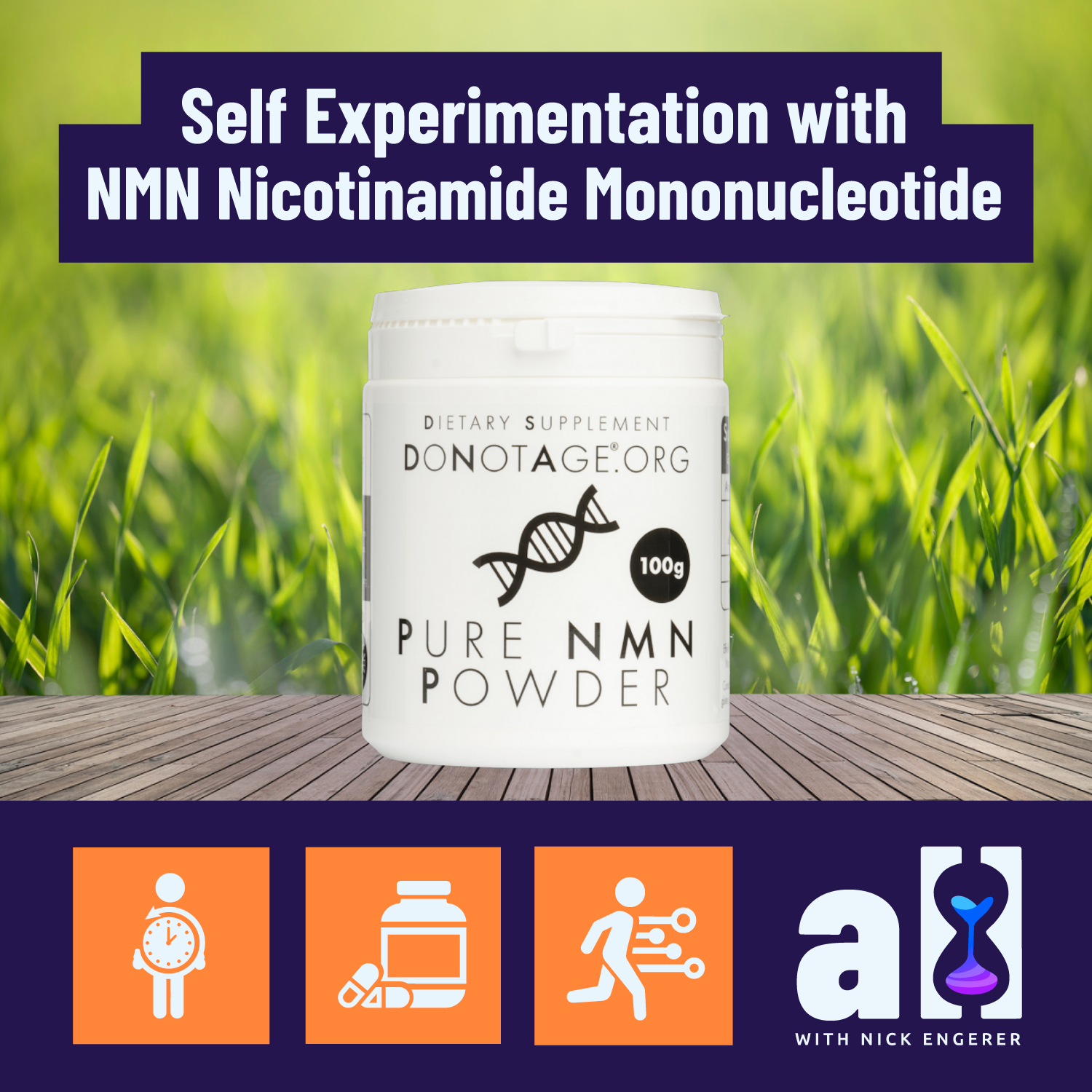
Self experimentation with NMN Nicotinamide Mononucleotide
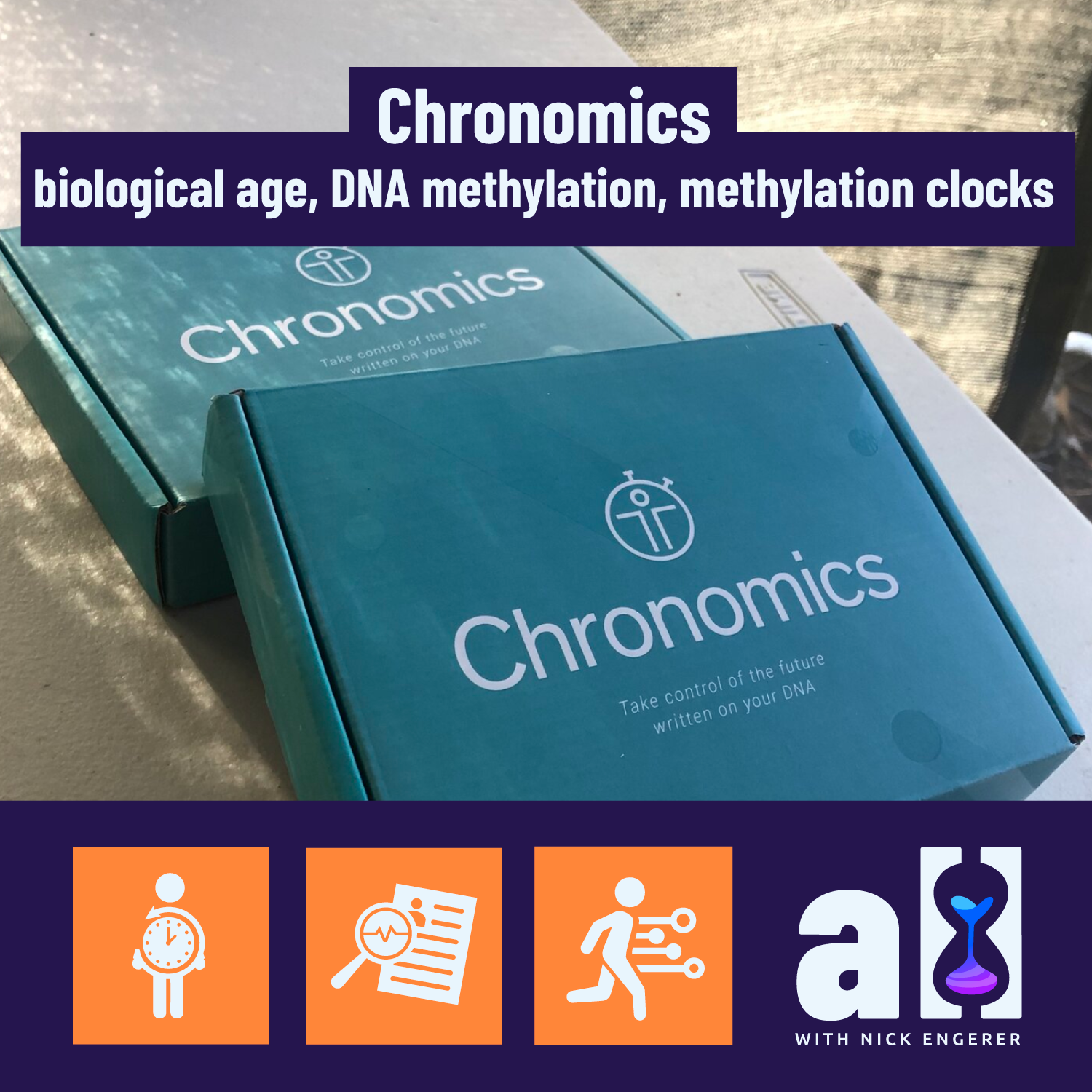
Chronomics - Biological age, DNA Methylation, Methylation clocks
